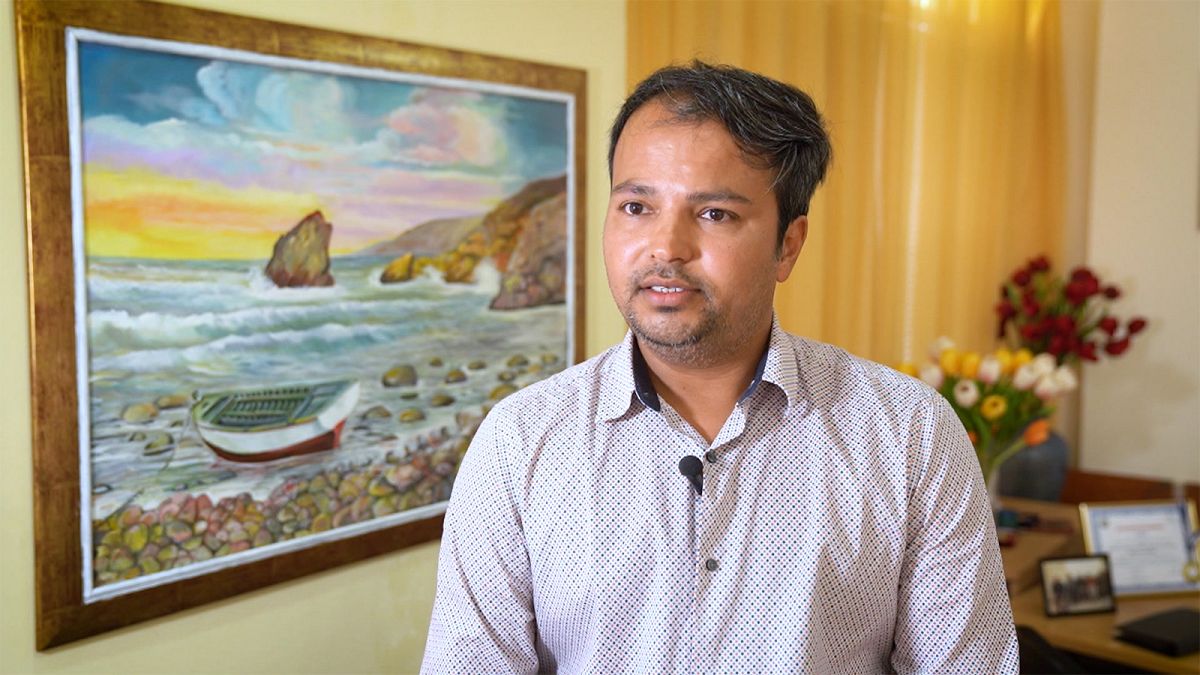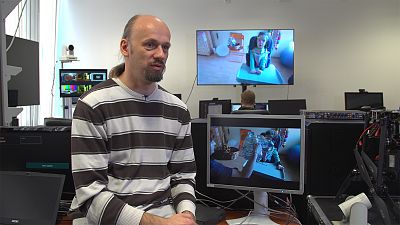A chronic, progressive movement disorder, Parkinson’s disease is marked by tremors and stiffness, but what makes it so hard to spot?
Parkinson's Disease affects 1.2 million people in the European Union. It has no known cure and forms any clinicians early diagnosis is very difficult. Neurologist Dhaval Trivedi from King's College London explains what makes it so challenging.
"Parkinson's is a progressive disease. It is one of the neuro-degenerative diseases whose typical symptoms include tremor, bradykinesia (slowness of movements) or dexterity problems, finding some difficulties making some movements, and so on. Those are the symptoms you have to detect at an early stage. But there is not any facility, or medical investigation, available at the moment to detect those early signs. That's why it's so difficult for clinicians to understand and to predict those early symptoms. And to predict and to know those symptoms is very important. Though there is no cure for the disease, it can be managed properly if you know the early symptoms. There is medication available to control those symptoms. And that can improve the quality of the life of patients."




